#kakey
Text
Kakey_
#Tiara Formerly#Kakey#LickMyKakez#assmazin#thick#hips & ass#wifey type#i say damn!!#thick thighs#cheeks#omg!!!#melanin goddess
44 notes
·
View notes
Text

💦 Model: Kakey
#kakey#blackisbeautiful#blackbeautiesglobal#influencer#ig model#ebony women#brown skin#ebonycurves#curvy girls
29 notes
·
View notes
Text










#筧美和子#miwako kakei#miwakokakei#modelsky japan#modelsky asia#japanese#asian#japanese idol#modelsky photos#idol
300 notes
·
View notes
Text
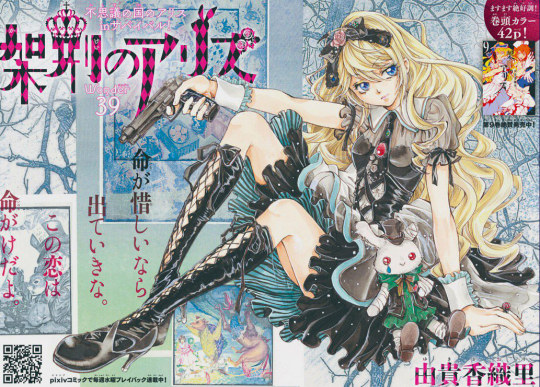
243 notes
·
View notes
Text

Sarada blushing from the hug
139 notes
·
View notes
Text
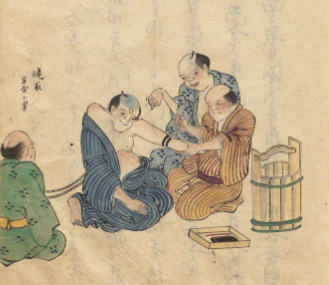
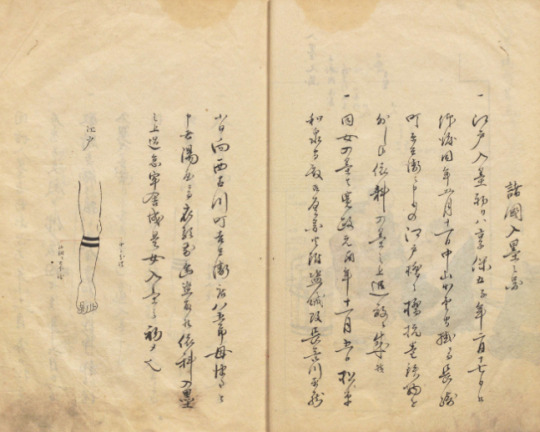
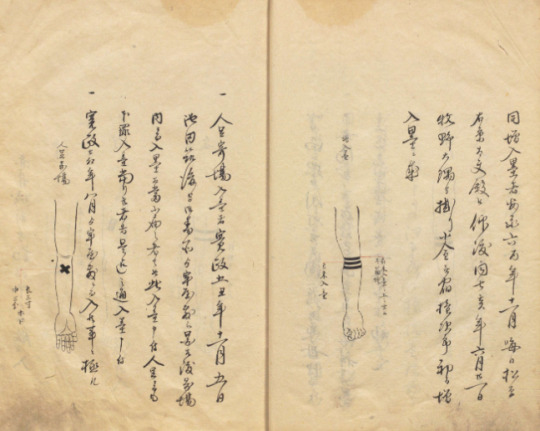

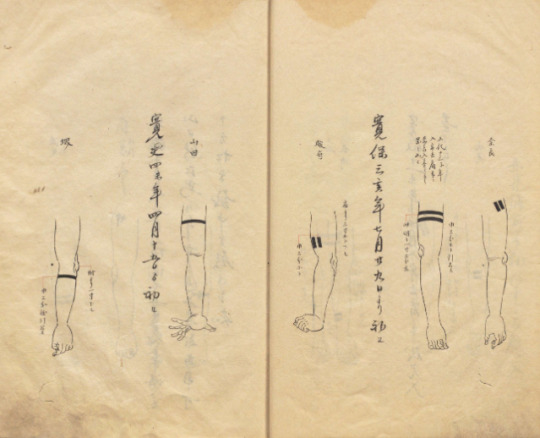
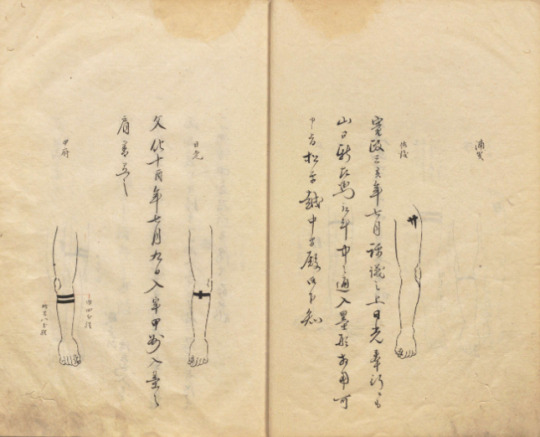
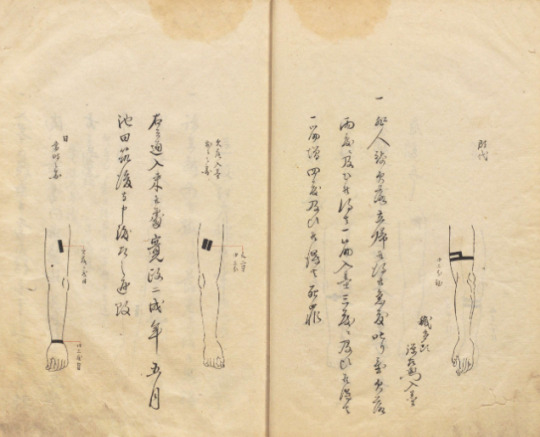
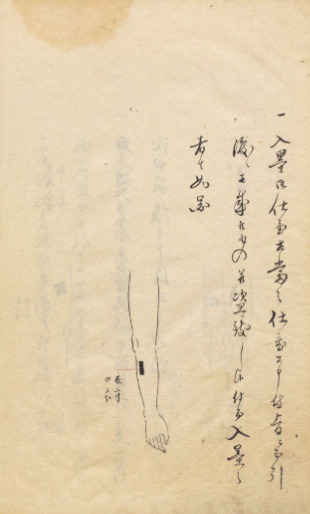
Irezumi kei (tattoo penalty) as depicted in the [徳鄰厳秘録 - Tokuringenbiroku], a kind of penalty instruction book compiled in 1814, digitalized by the National Archives of Japan.
CW for this post about Edo period judiciary => mentions of physical punishment, torture, death penalty (text only, no details, no graphic illustrations) . The irezumikei pages above are p.19 to 25.
I won't reproduced the illustrations here, but the Tokuringenbiroku book also presents other Edo period "punishments" and death penalties, like different types of goumon (torture), gokumon (decapitation and exposure of the head to public view), kakei (stake), haritsuke (crucifixion), or tameshigiri (sword cut testing, here on executed convict corpse).
Please proceed to the full book according to your sensibilities!
Back to irezumi kei : the markings of character Akaza (from Kimetsu no Yaiba/Demon's Slayer) are directly inspired by those, same for Mugen in Samurai Champloo for example:

After Tokugawa Yoshimune's reforms abolished bloodier punishments (nose or ear cutting) for lesser crimes (like theft, gambling or fraud), irezumikei spread, inspired by Chinese bokkei practices.
Yet, zainin (lawbreakers) were also often beaten or whipped (tataki), which could be a "light" sentence or more far extreme one. Women tended to be imprisoned instead.
Punishment tattoos also often went alongside tokorobarai (banishment), which had several levels depending on the crime. You could be banished to a remote island, just away from your city, or forbidden to enter a certain perimeter.
Exile is why different areas had different marks, placed on the arms or faces, easily identifying the person as a criminal convicted in another region.
Number of lines or dots were often used to symbolize repeated offences (pic below source). Most of the times, getting 3+ irezumikei could grant you death penalty.
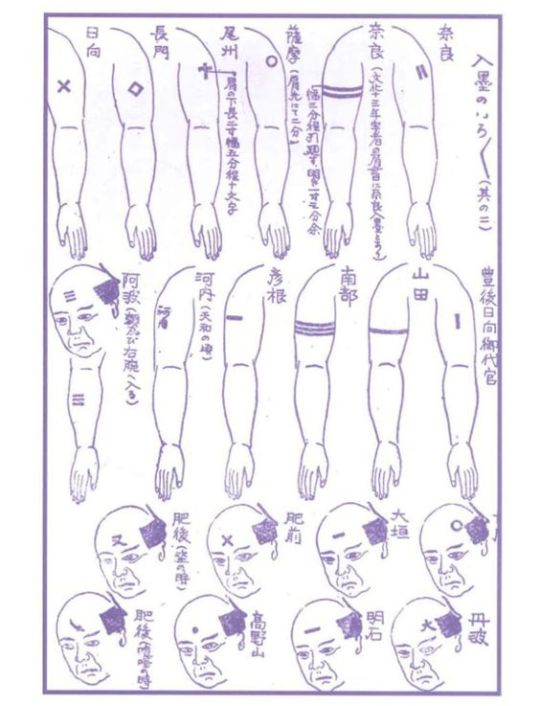
Irezumikei maybe be why criminals came to use extravagant tattoos, as to cover their infamous marks, leading to the yakuza association with body ink.
Yet, other strata of population also favored figurative tattoos, so the link between criminals and tattoing in Edo period is not self-evident.
Some shapes of -sode (sleeve part of a tattoo) for example left arm interior bare, maybe to prove then that no armband tattoo was hidden underneath a bigger design.
#japan#japanese history#Edo period#crimes#judiciary#theft#fraud#cw: physical punishment#cw: torture#cw: death penalty#irezumi#Japanese tattoo#horimono#irezumikei#criminal tattoo#yakuza#tokorobarai#tataki#gokumon#kakei#haritsuke#tameshigiri#徳鄰厳秘録#Tokuringenbiroku
305 notes
·
View notes
Text
Kakey
171 notes
·
View notes
Text

I made another one jdjdkdkdk
#naruto fandom#naruto shippuden#naruto#meme#naruto memes#sakura haruno#ino yamanaka#hinata hyuuga#tenten#konan#karin uzumaki#temari#tsunade#shizune#sarada uchiha#chocho akimichi#sumire kakei#himawari uzumaki#pro sakura haruno#pro hinata hyuga#pro ino yamanaka#pro karin uzumaki
113 notes
·
View notes
Text

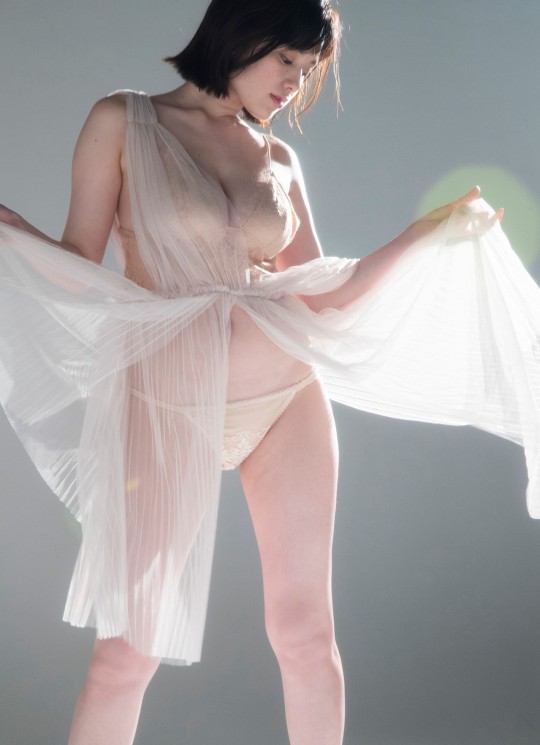

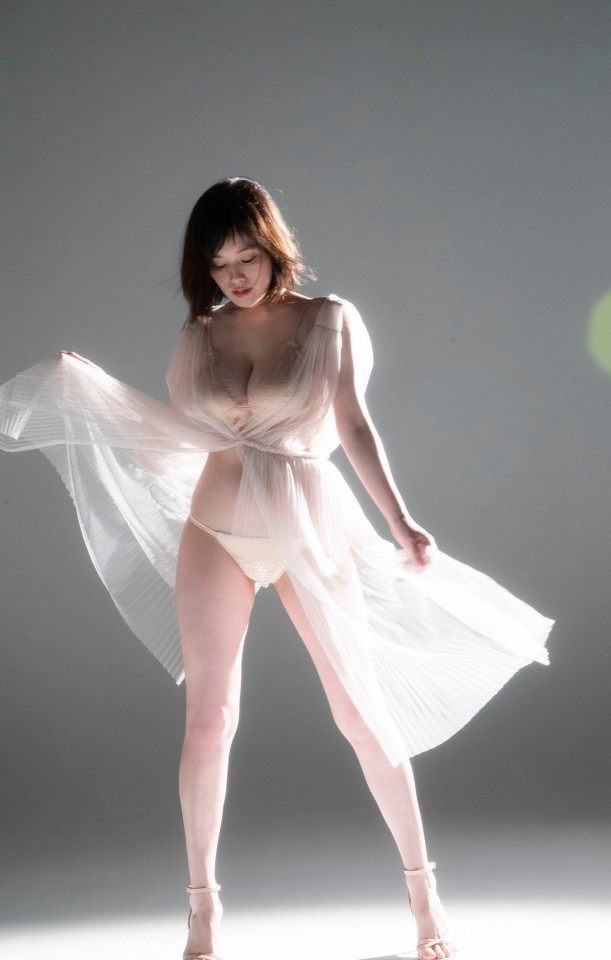





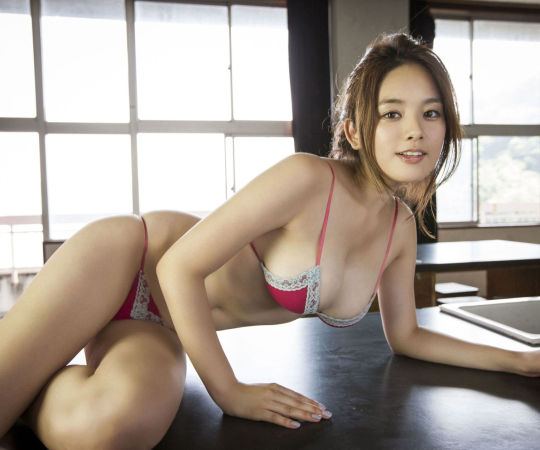
Flawless woman from head to suckable toe
137 notes
·
View notes
Text










#筧美和子#miwako kakei#miwakokakei#modelsky japan#modelsky asia#japanese#asian#japanese idol#modelsky photos#idol
194 notes
·
View notes
Text

Washio Mei 鷲尾めい
Kakei Jun 筧ジュン
youtube
62 notes
·
View notes










